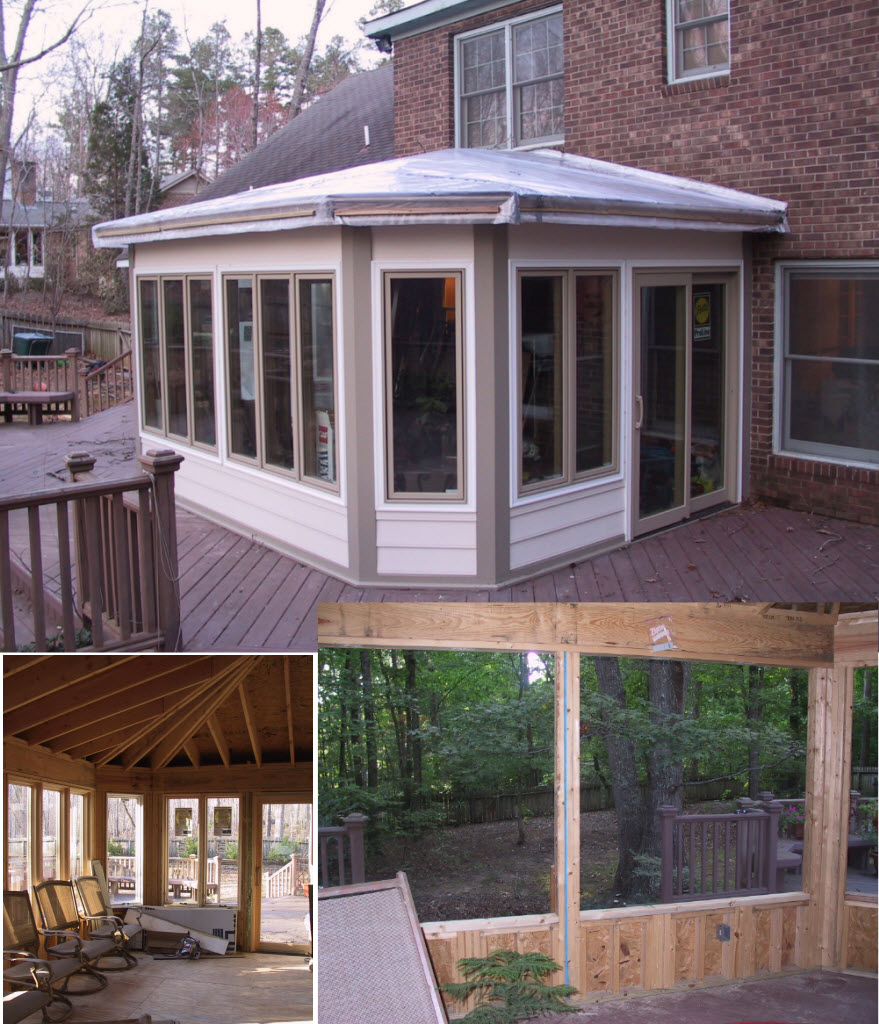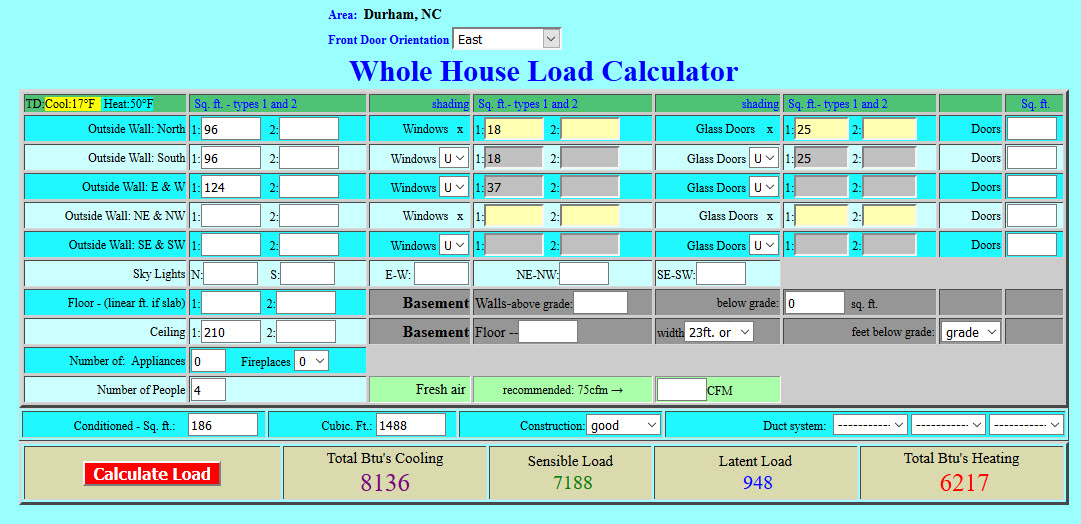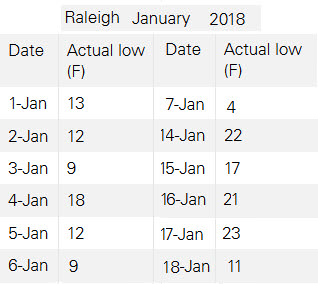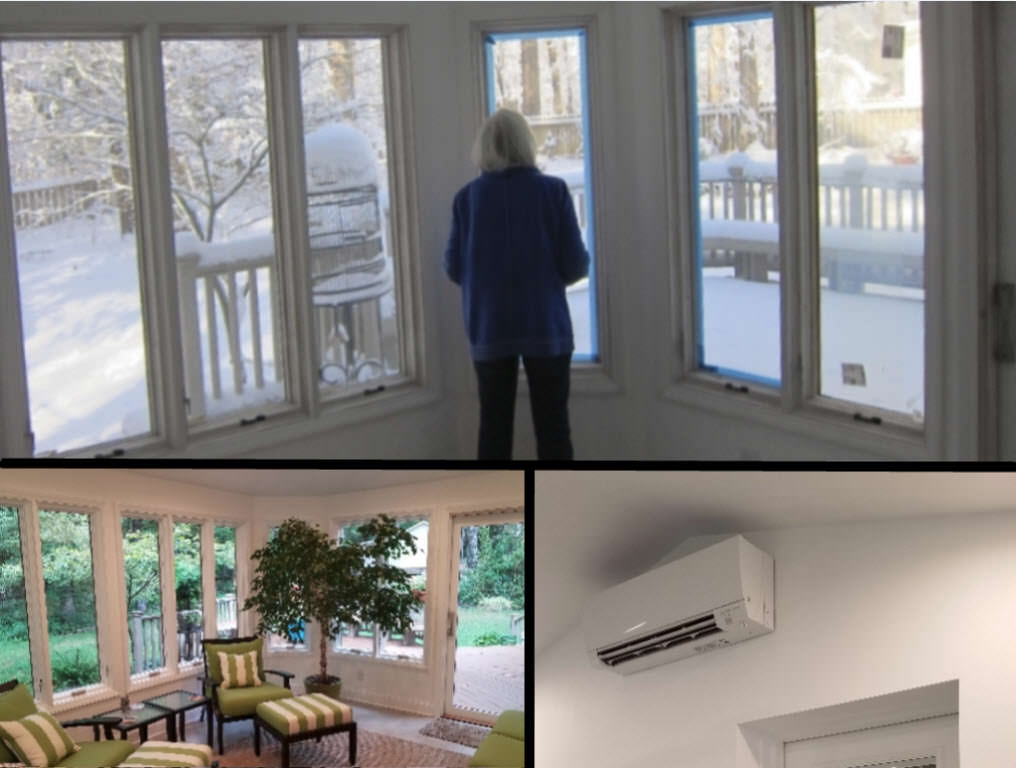Elton Noway
Member
I requested bids from four different professional HVAC contractors in my area, to install a mini split system in our sunroom which is attached to the back of our house. The prices quoted from all four are within a hundred bucks of each other that isn't part of my decision. (I'm guessing they all know their competition). My confusion is they don't agree on the capacity of the unit I need.
The room is relatively small... only 12' x 15' 6" ( 186sq ft). The side of our house makes up one of the 15' walls. The ceiling is pitched following the roof line. 8 ft at the edge sloping up to 9' 6" at the peak. The ceiling is insulated with R30 fiberglass batts. The floor is insulated with R30 Roxul (rock wool batts). The walls are the weak link because they are pretty much glass. Although they aren't floor to ceiling, the space above them is solid wood, as are the window partitions and the R Value of lumber is negligible. All the glass is double pane Low-E argon insulated... but the sunroom faces west and in the summer from noon on it pretty much gets full sun. Location: Raleigh, North Carolina
Long story short... all the vendors claimed they did load a calculation. One vendor said since its only 186 square feet a 9K BTU would be more than sufficient. Two of the vendors said I needed a 12K unit and one said I needed 18K! I want to make sure the unit I choose will have no problem maintaining a comfortable temperature without struggling to keep up... but don't want to oversize the unit either. Although as I understand it thanks to variable capacity... over sizing an AC unit doesn't apply to the mini splits. I understand the bigger the unit the faster the pulldown but I was concerned a bigger unit might not run long enough to remove the humidity.
NET Based on my above specs... any suggestions to which of the suggested systems might be appropriate for our sunroom? NOTE: Attached picture (interior) was taken under construction (pre sheet rock and flooring.)

The room is relatively small... only 12' x 15' 6" ( 186sq ft). The side of our house makes up one of the 15' walls. The ceiling is pitched following the roof line. 8 ft at the edge sloping up to 9' 6" at the peak. The ceiling is insulated with R30 fiberglass batts. The floor is insulated with R30 Roxul (rock wool batts). The walls are the weak link because they are pretty much glass. Although they aren't floor to ceiling, the space above them is solid wood, as are the window partitions and the R Value of lumber is negligible. All the glass is double pane Low-E argon insulated... but the sunroom faces west and in the summer from noon on it pretty much gets full sun. Location: Raleigh, North Carolina
Long story short... all the vendors claimed they did load a calculation. One vendor said since its only 186 square feet a 9K BTU would be more than sufficient. Two of the vendors said I needed a 12K unit and one said I needed 18K! I want to make sure the unit I choose will have no problem maintaining a comfortable temperature without struggling to keep up... but don't want to oversize the unit either. Although as I understand it thanks to variable capacity... over sizing an AC unit doesn't apply to the mini splits. I understand the bigger the unit the faster the pulldown but I was concerned a bigger unit might not run long enough to remove the humidity.
NET Based on my above specs... any suggestions to which of the suggested systems might be appropriate for our sunroom? NOTE: Attached picture (interior) was taken under construction (pre sheet rock and flooring.)




